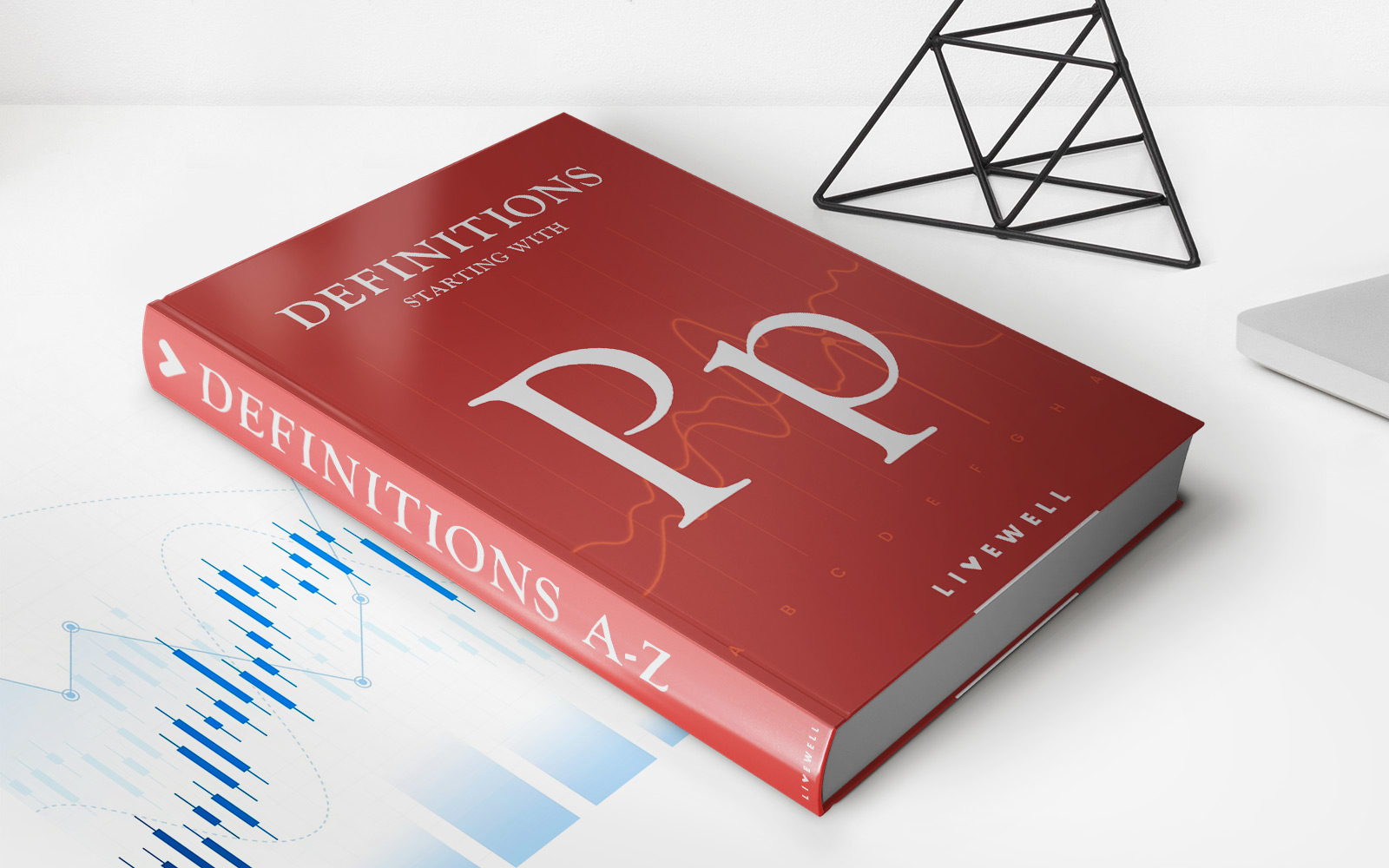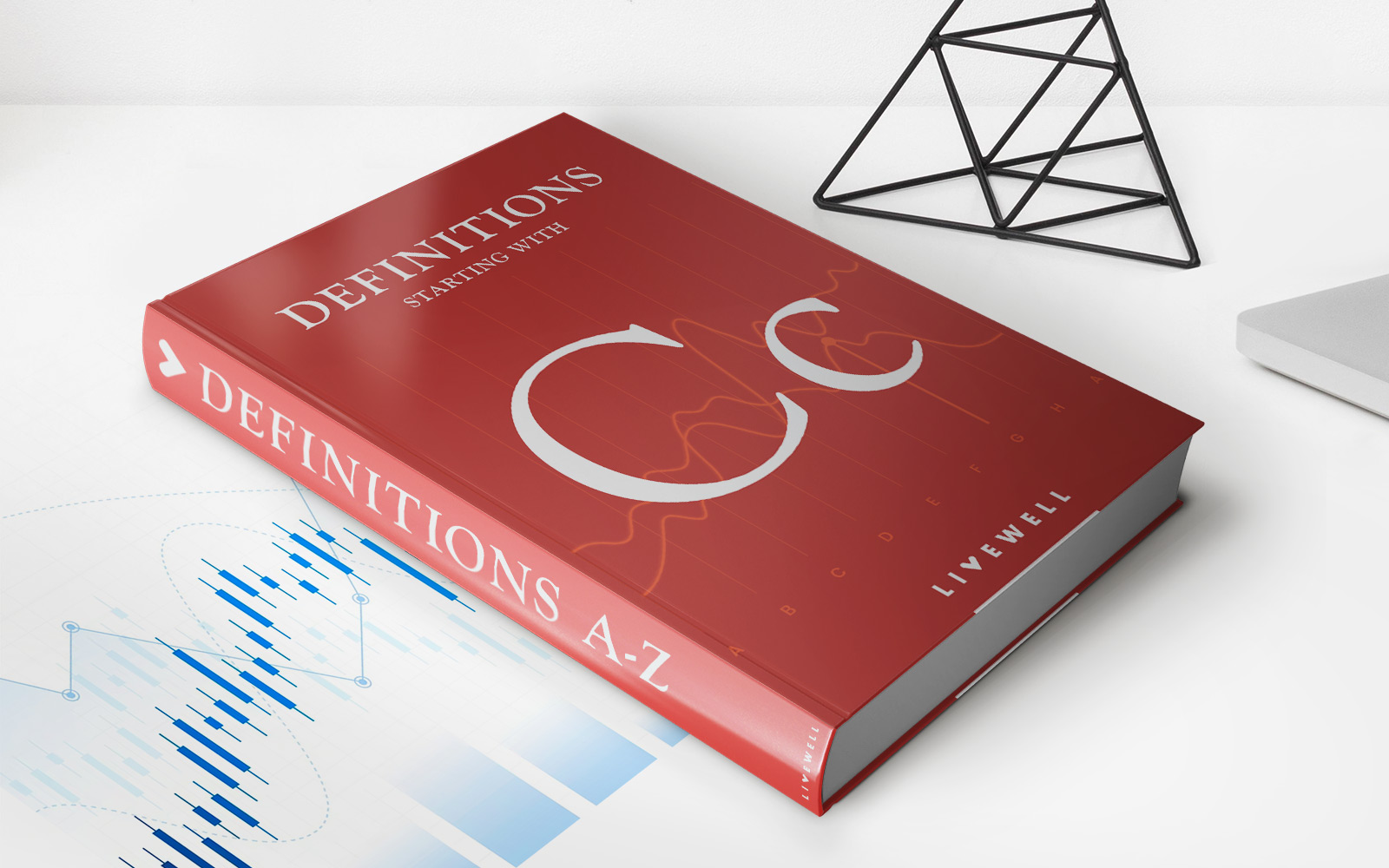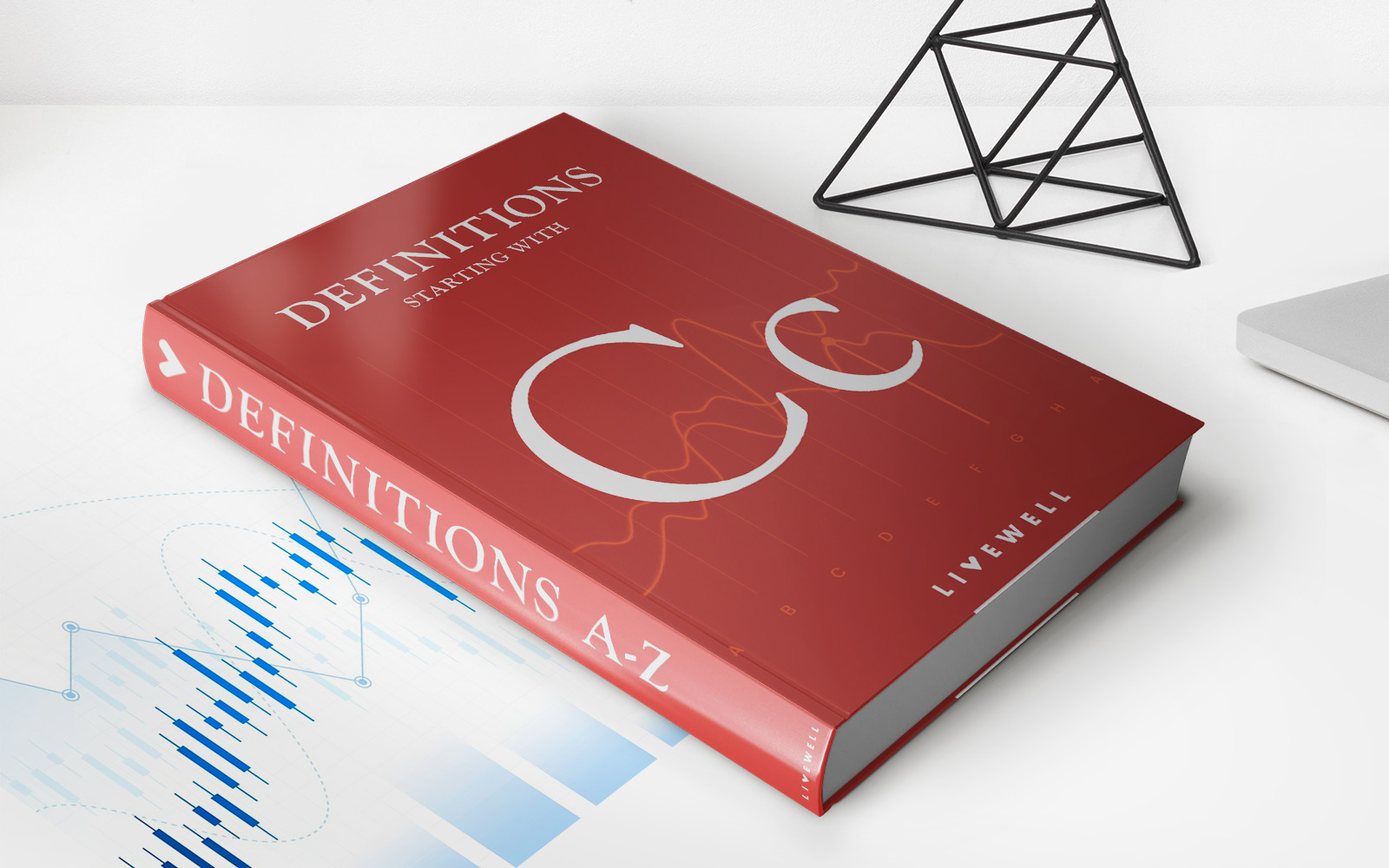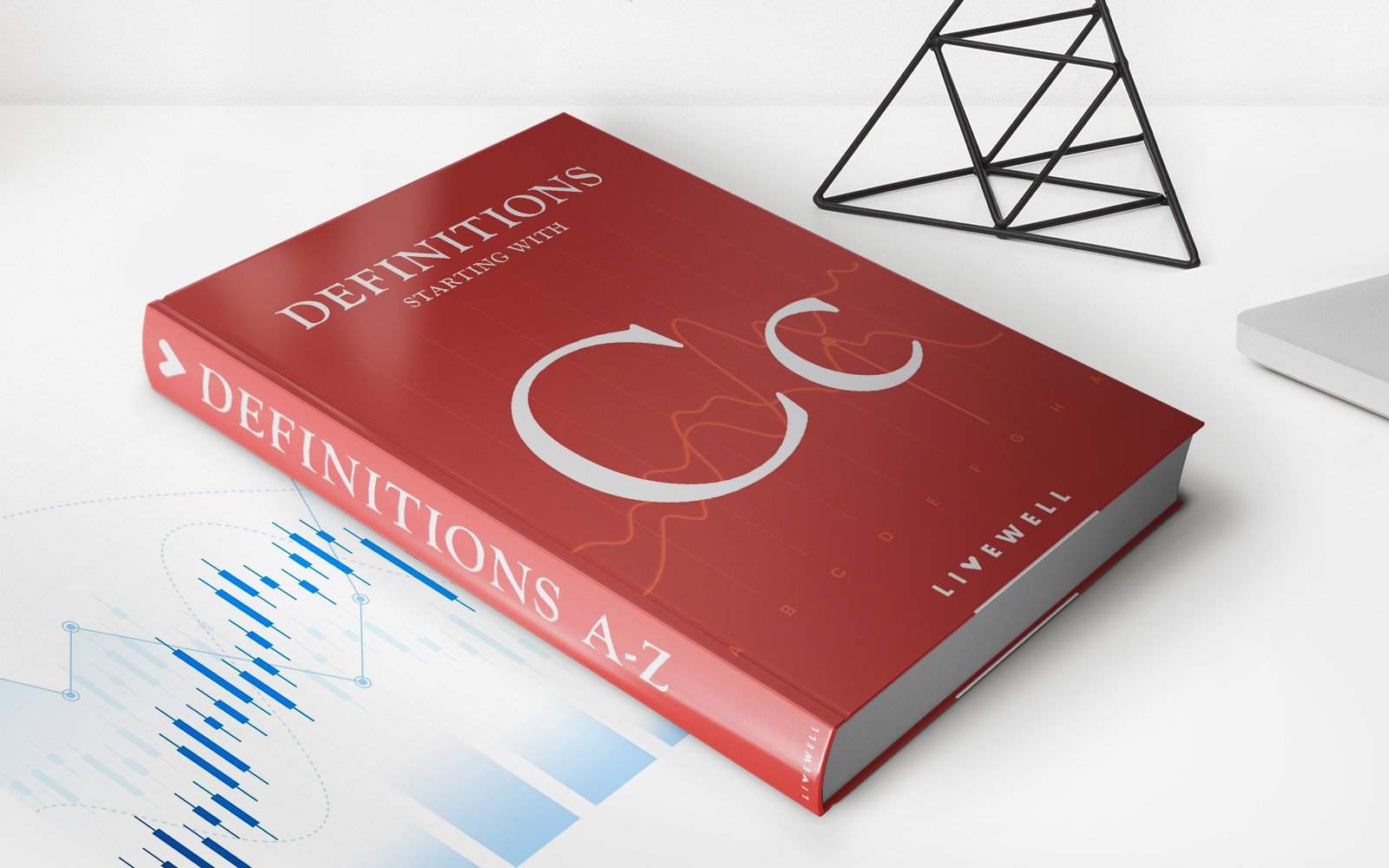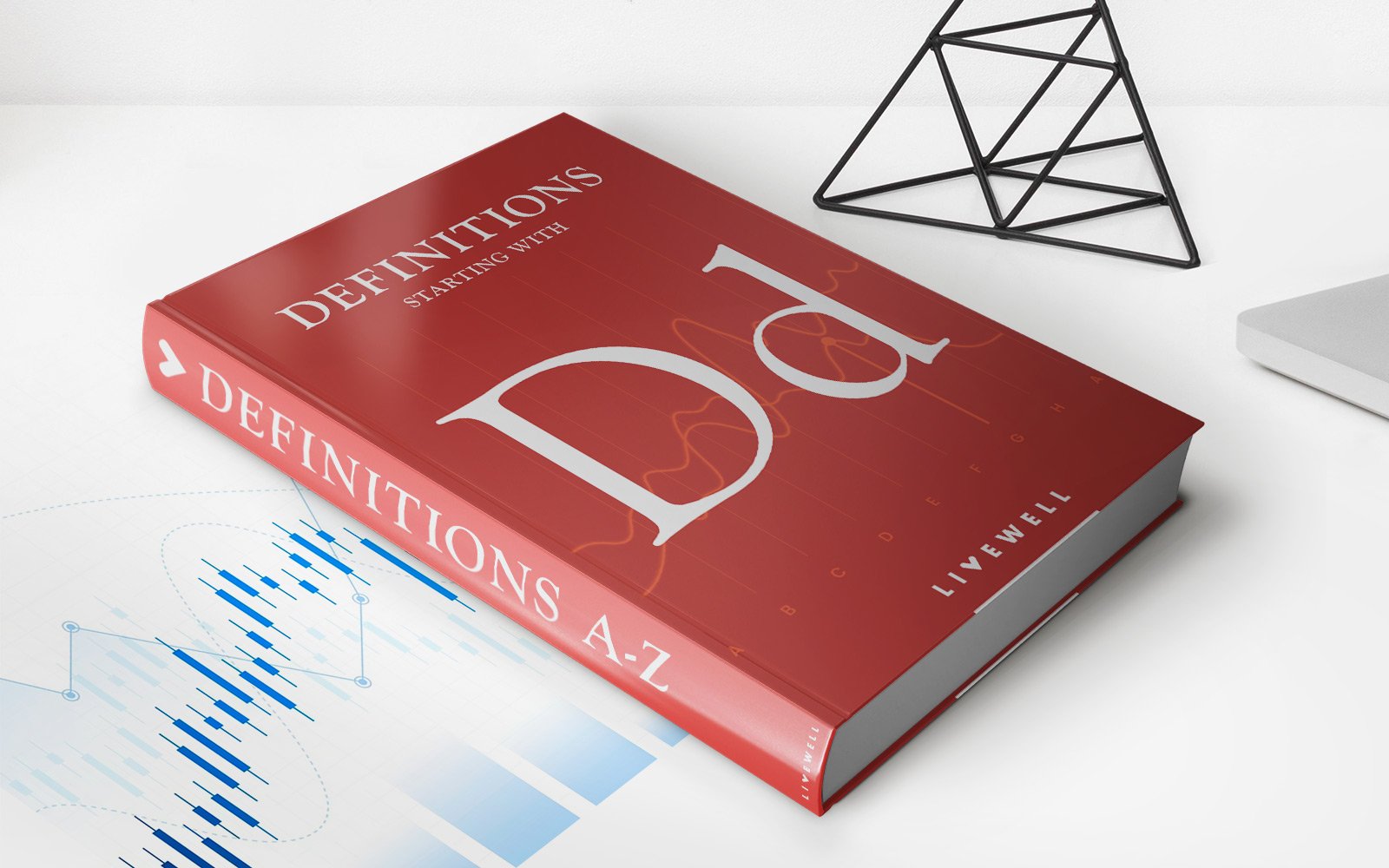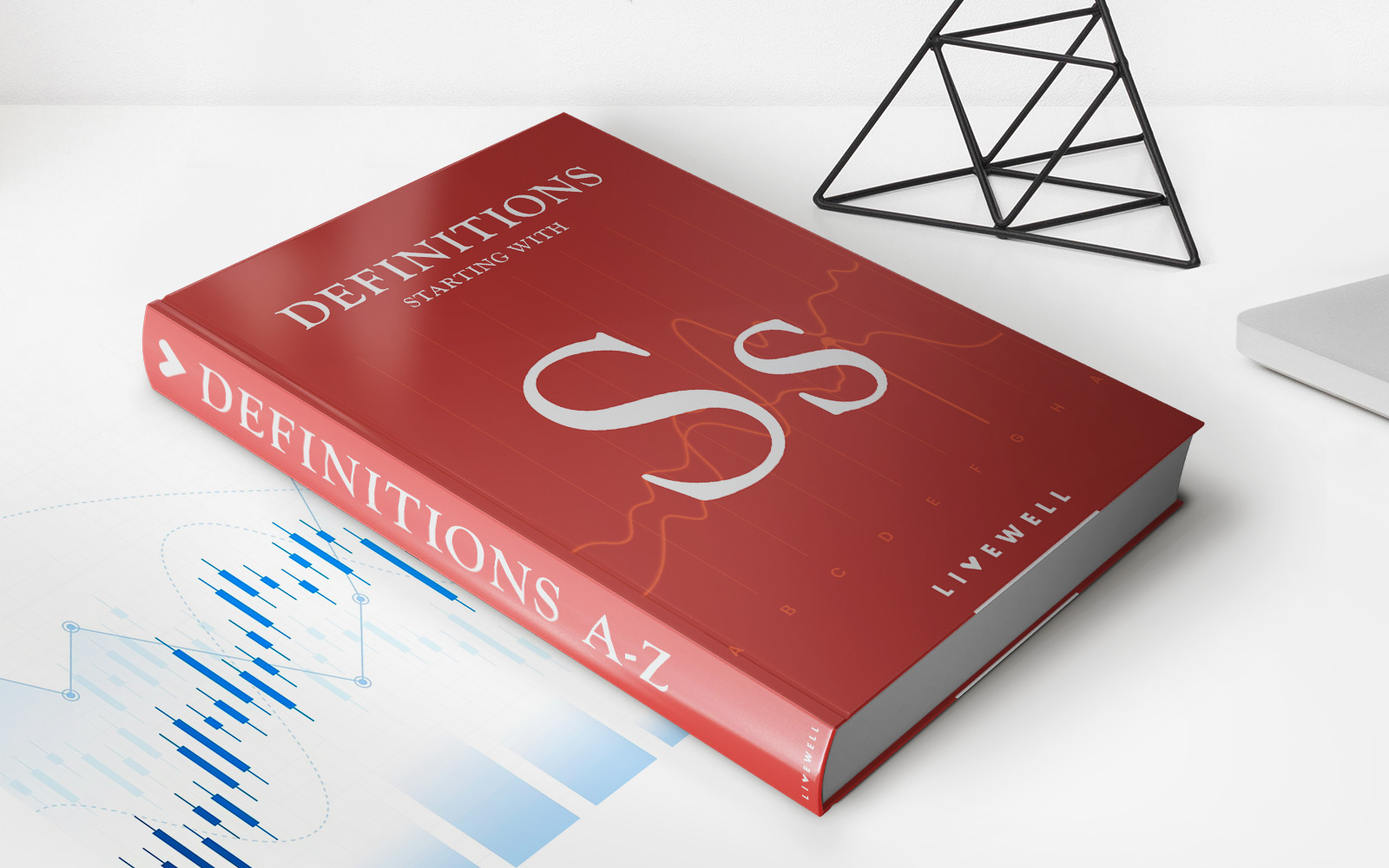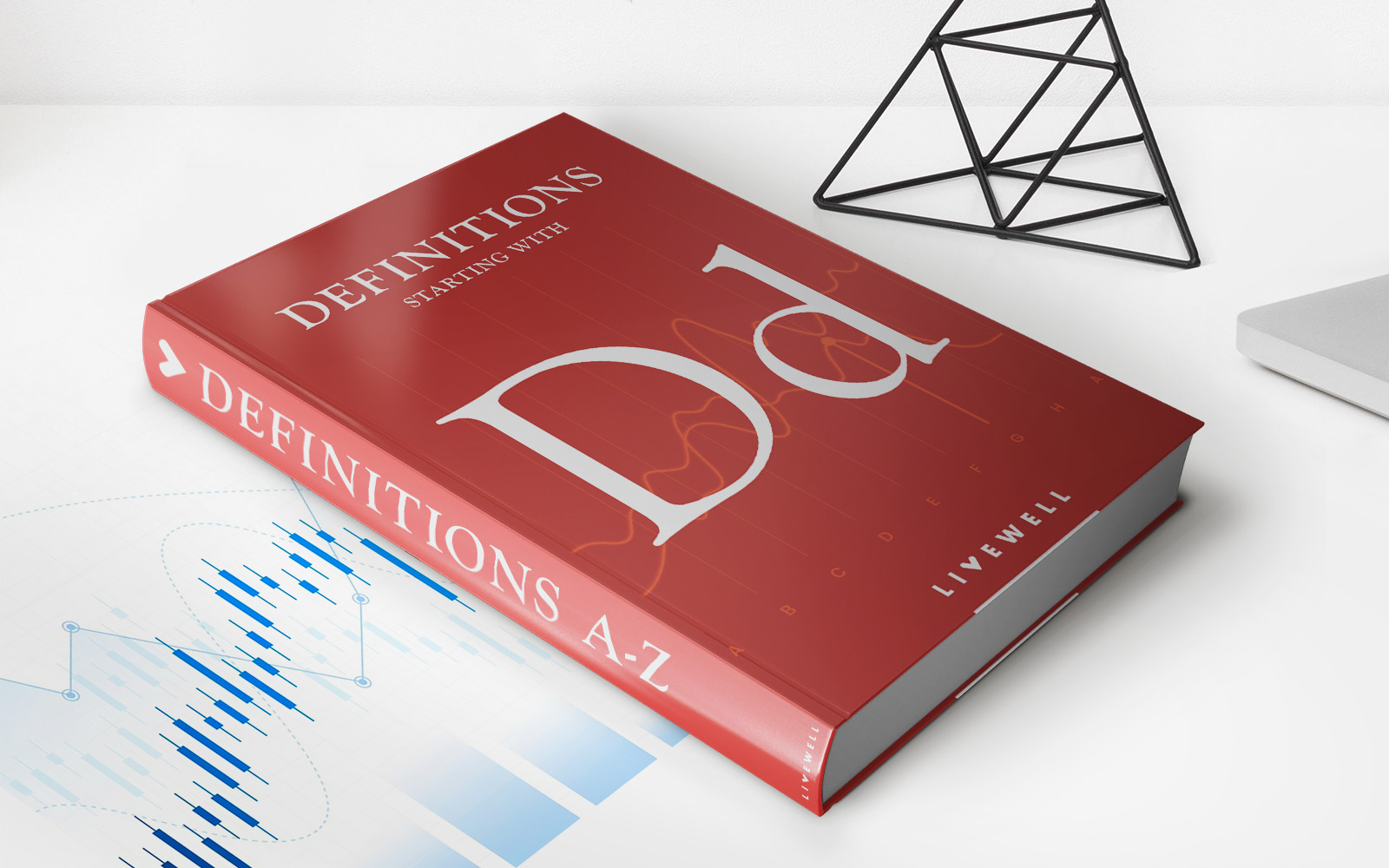Home>Finance>Switching Costs: Definition, Types, And Common Examples
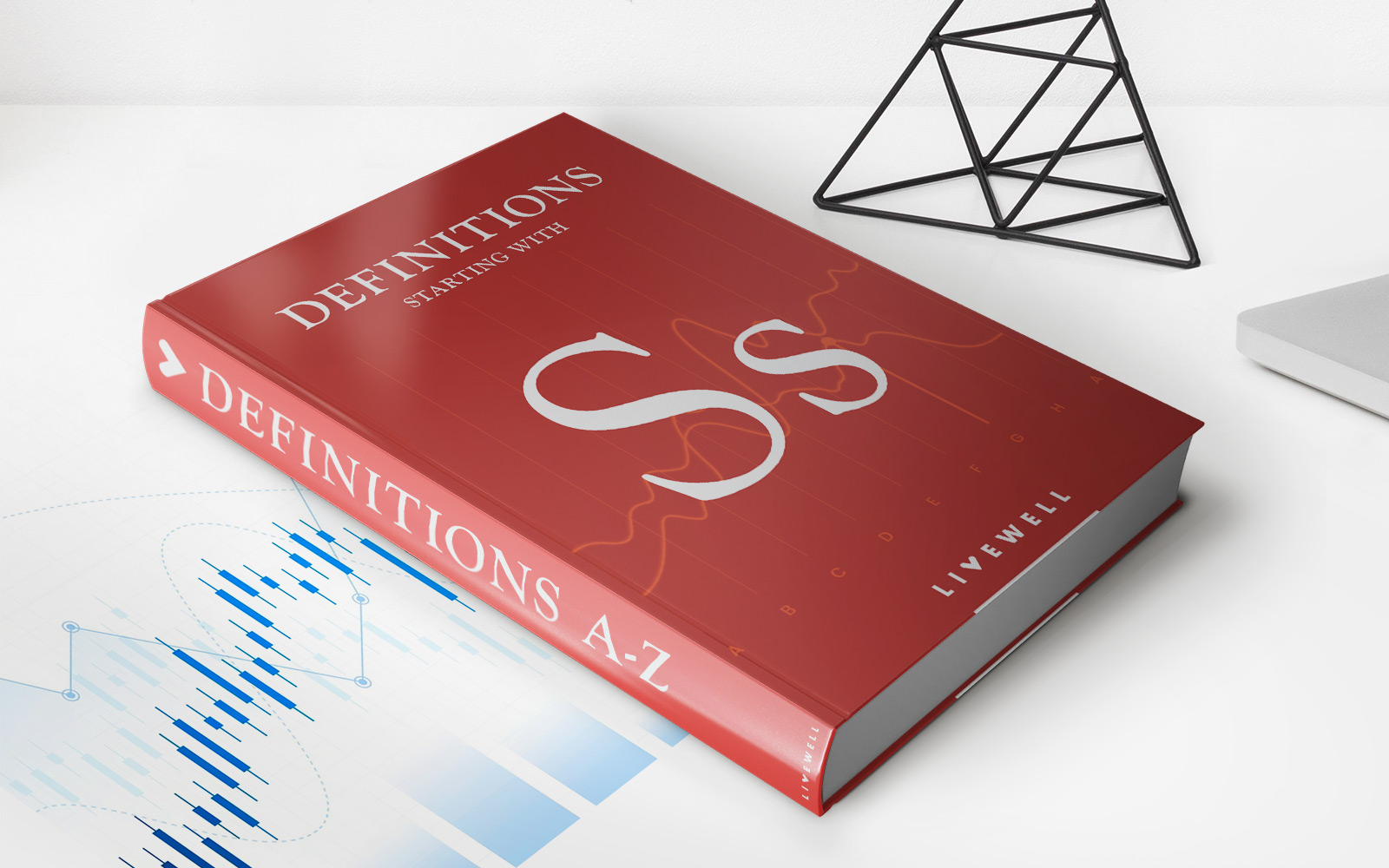

Finance
Switching Costs: Definition, Types, And Common Examples
Published: February 5, 2024
Learn about switching costs in the world of finance, including the definition, types, and common examples. Understand how these costs can impact businesses and consumers.
(Many of the links in this article redirect to a specific reviewed product. Your purchase of these products through affiliate links helps to generate commission for LiveWell, at no extra cost. Learn more)
Understanding Switching Costs in Finance
Imagine this scenario: You’re considering switching your financial service provider from one bank to another. As you delve into the process, you realize that it’s not as simple as transferring your account balance. You have to consider a range of factors such as the time and effort required to research new options, the potential fees associated with closing your account, and even the psychological discomfort of making a change. These factors collectively make up what is known as switching costs.
Switching costs are the expenses, efforts, and barriers an individual or business faces when changing from one provider or supplier to another. In the field of finance, these costs play a crucial role as they directly impact an individual’s or company’s decision to switch financial services. By understanding switching costs, you can make more informed decisions about your financial choices.
Key Takeaways:
- Switching costs refer to the expenses, efforts, and barriers associated with changing from one provider or supplier to another in the field of finance.
- High switching costs can discourage individuals or businesses from switching financial services.
The Types of Switching Costs
Switching costs in finance can be categorized into four primary types:
- Procedural Switching Costs: These costs arise from the administrative process of switching providers. They include tasks such as closing an account, transferring funds, updating payment information, and updating contact details. Procedural switching costs can involve paperwork, wait times, and other inconveniences that may deter individuals from making a change.
- Financial Switching Costs: Financial switching costs are monetary expenses incurred when switching providers. These costs can include fees associated with closing an account, paying early termination penalties, or even the costs of setting up new accounts with a different provider.
- Relational Switching Costs: Relational switching costs arise from the relationships and networks individuals or businesses have established with their current provider. These costs can include losing personalized customer service, access to specialized knowledge, or the convenience of existing relationships.
- Psychological Switching Costs: Psychological switching costs are related to the discomfort or anxiety individuals may experience when switching providers. This can include fear of the unknown, loyalty to the current provider, or simply the effort required to adapt to a new financial system.
Common Examples of Switching Costs
Switching costs can be observed in various aspects of finance. Here are some common examples:
- Bank Accounts: Transferring bank accounts requires updating payment information for recurring bills, changing direct deposit instructions, and adapting to a new online banking system.
- Credit Cards: Switching credit cards may involve updating automatic payments, notifying merchants of the new card information, and understanding the new rewards system or terms and conditions.
- Investment Firms: Moving investments from one firm to another may involve transaction fees, the need to adapt to a different trading platform, and the possibility of losing access to proprietary research or investment tools.
- Insurance Providers: Changing insurance providers requires comparing policies, understanding coverage differences, recalculating premiums, and dealing with the administrative aspects of canceling an existing policy.
By considering these examples and understanding the different types of switching costs, you can better evaluate the potential challenges and expenses associated with switching financial services. This knowledge empowers you to make more informed decisions that align with your financial goals.
Switching costs form an essential part of the financial landscape. They act as a barrier to change, but with a clear understanding of these costs, you can approach decision-making with confidence and ensure that your financial choices align with your best interests.



